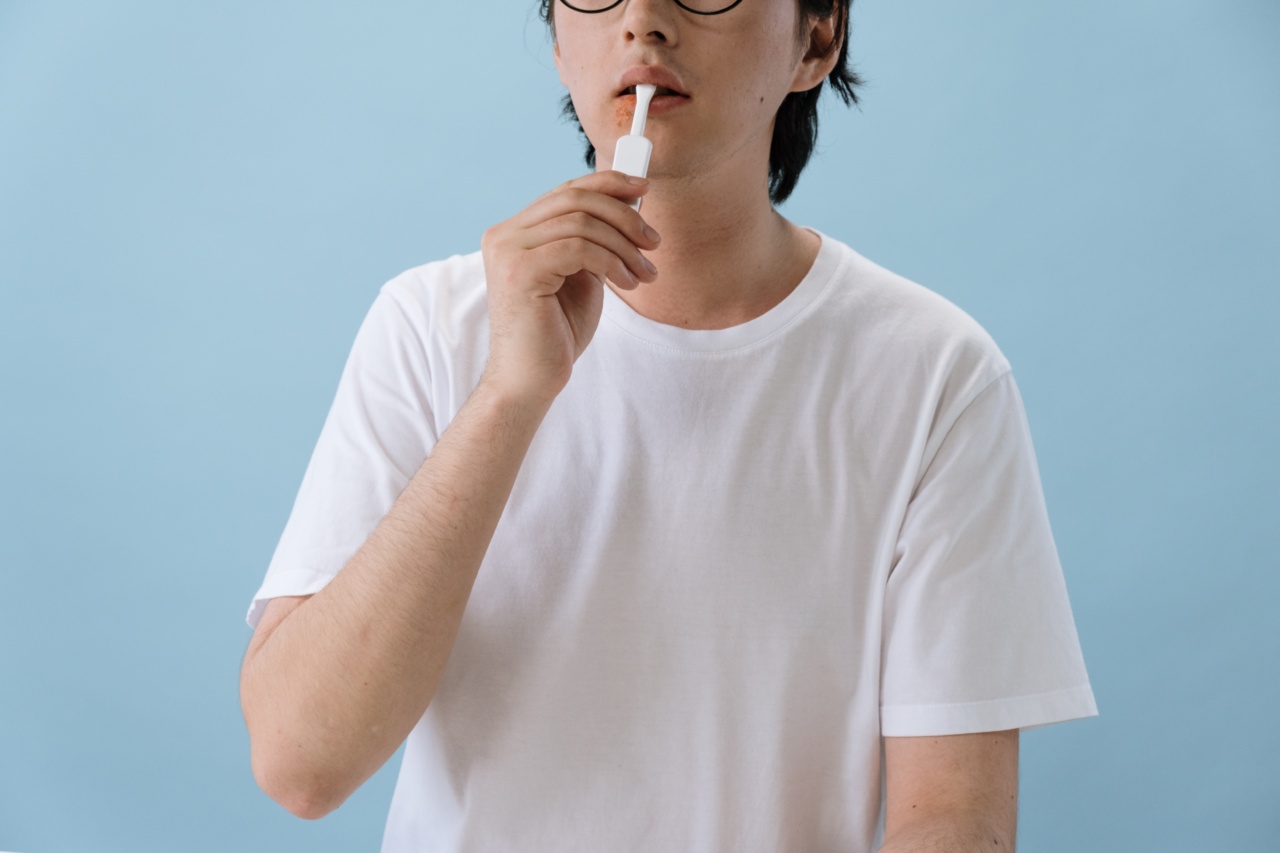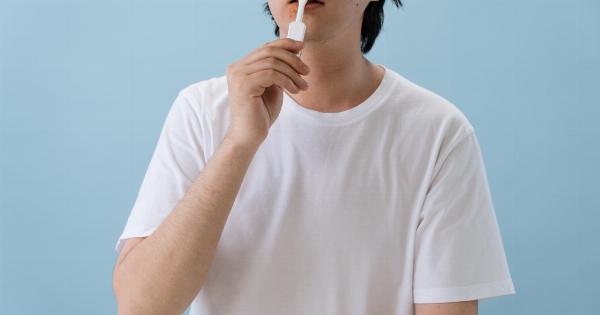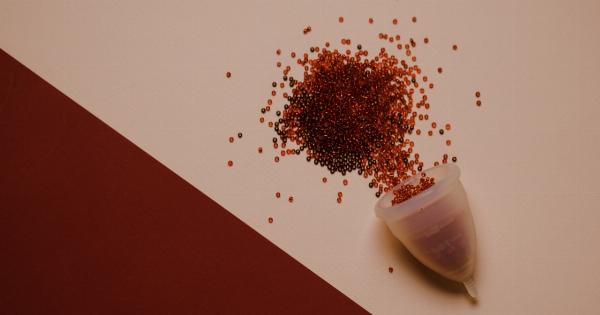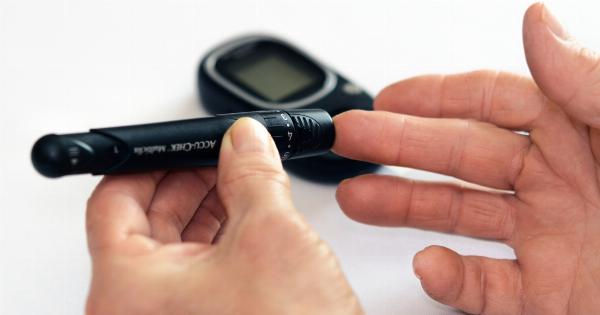Herpes is a common viral infection that affects millions of people worldwide. While many people may associate herpes with cold sores or genital ulcers, research has shown a potential link between the herpes virus and an increased risk of stroke.
In this article, we will explore the connection between herpes and stroke, the possible mechanisms behind this association, and what you need to know to protect yourself.
What is herpes?
Herpes is a viral infection caused by the herpes simplex virus (HSV). There are two types of HSV: HSV-1 and HSV-2. HSV-1 is typically responsible for oral herpes, which presents as cold sores on or around the mouth.
HSV-2, on the other hand, is primarily associated with genital herpes, characterized by painful blisters in the genital area. However, both types of herpes can cause either oral or genital infections.
The connection between herpes and stroke
Several studies have investigated the possible link between herpes infection and stroke.
While the exact relationship is still not fully understood, research suggests that herpes may contribute to an increased risk of stroke, particularly ischemic stroke. Ischemic stroke occurs when a blood vessel supplying the brain becomes blocked, leading to the death of brain cells due to lack of oxygen and nutrients.
One study conducted by researchers at the University of Alabama found that individuals infected with herpes simplex virus type 1 (HSV-1) had a higher risk of developing ischemic stroke compared to those who did not have the infection.
The study revealed that the risk of stroke was more pronounced in individuals who had a high level of antibodies against HSV-1 in their blood, indicating a chronic or recurring infection.
Possible mechanisms behind the association
The exact mechanisms by which herpes infection increases the risk of stroke are still being studied. However, researchers have identified several possible ways in which the herpes virus may contribute to the development of stroke:.
1. Inflammation and immune response
When the herpes virus enters the body, it triggers an immune response to fight the infection. This immune response can result in inflammation, which plays a crucial role in the development of atherosclerosis – the buildup of plaque in the arteries.
Atherosclerosis is a known risk factor for stroke, as it can lead to the narrowing or blockage of blood vessels.
2. Endothelial dysfunction
The herpes virus can also directly infect and damage the endothelial cells lining the blood vessels.
Endothelial dysfunction, characterized by impaired function of these cells, can impair blood flow regulation and promote the formation of blood clots, increasing the risk of ischemic stroke.
3. Activation of a prothrombotic state
Studies have shown that the herpes virus can activate platelets and promote a prothrombotic state – a condition that increases the risk of blood clot formation.
Blood clots are a major cause of ischemic stroke, as they can obstruct the blood flow to the brain.
Reducing the risk of stroke
While the link between herpes infection and stroke risk is concerning, it’s important to note that not everyone infected with herpes will develop a stroke. However, there are steps you can take to reduce your risk:.
1. Practice safe sex
If you have genital herpes, practicing safe sex, such as using condoms, can help reduce the risk of transmitting the infection to others.
This, in turn, may lower the overall prevalence of herpes infections and potentially decrease the incidence of stroke.
2. Seek early treatment
If you experience symptoms of herpes, such as cold sores or genital ulcers, it’s important to seek early treatment. Antiviral medications can help suppress the virus and reduce the risk of complications, including those associated with stroke.
3. Maintain a healthy lifestyle
Adopting a healthy lifestyle can significantly reduce the risk of stroke.
This includes eating a balanced diet, engaging in regular physical activity, maintaining a healthy weight, avoiding smoking, and managing other underlying health conditions, such as high blood pressure and diabetes.
Conclusion
While the connection between herpes infection and stroke risk is still being studied, research suggests that there may be an association between the two.
Understanding the potential mechanisms behind this relationship can help shed light on ways to reduce the risk of stroke in individuals infected with the herpes virus. By practicing safe sex, seeking early treatment, and adopting a healthy lifestyle, you can protect yourself and potentially lower your stroke risk.






























